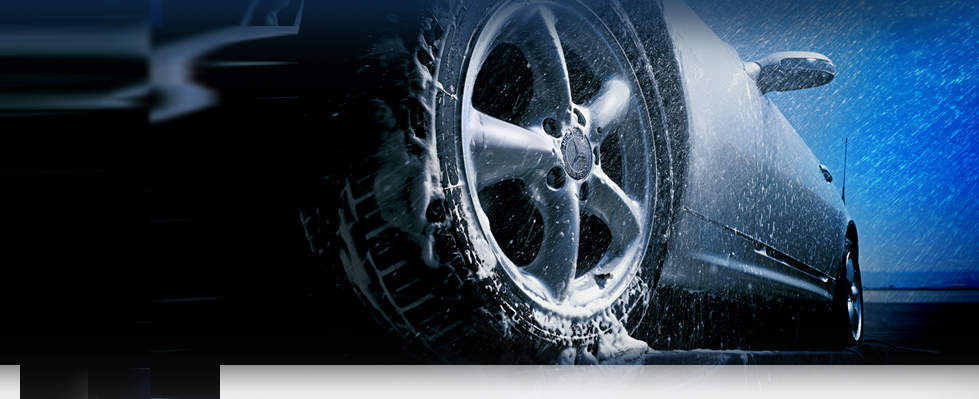Welcome to the World of Car Care
Whether or not you pump your own gas, your car probably receives less attention than it should. Regular maintenance checks and simple service can greatly reduce the expense of car ownership. Most of the checks and services described here can be done at little or no cost. Best of all, they are quick and easy to do and save time, money and inconvenience now and later. Always refer to your owner’s manual when performing any maintenance task on your vehicle. Periodically your car should have a thorough inspection by a qualified technician.
Under the Hood
1. Check the an/freeze/coolant level monthly. Some cars have transparent reservoirs with level markings. Fill to level marking with 50/50 solution of anti-freeze/coolant and water. Caution: Do not remove the pressure cap when engine is hot.
2. Inspect belts and hoses monthly. Replace worn, glazed or frayed belts. Tighten them when more than 1/2” of slack can be depressed between the pulleys. Vehicles with spring loaded belt tensioners require no adjustment. Replace bulging, rotten, or brittle hoses and tighten clamps. If a hose looks bad, or feels too so or too hard, it should be replaced.
3. Check transmission fluid monthly on a level surface with the engine warm and running, and parking brake on. Shift to drive, then to park. Remove dipstick, wipe dry, insert it and remove it again. Add the approved type fluid, if needed. Do not overfill!
4. Check oil every other gas fill up. Remove the dipstick, wipe it clean. Insert it fully and remove it again. If it is low, add oil. To maintain peak performance, change oil following the correct manufacturer’s service interval for your vehicle and driving conditions. Replace oil filter with every oil change.
5. Check the air filter every other month. Replace it when it’s dirty or as part of a “tune-up.” It is easy to reach, in a rectangular box at the forward end of the air duct hose assembly; or right under the big metal “lid” in a carbureted engine.
6. Check brake fluid monthly. First, wipe dirt from the brake master cylinder reservoir lid. Unscrew plastic lid or pry off the retainer clip and remove the lid, depending on which type your vehicle has. If you need fluid, add the approved type and check for possible leaks throughout the system. Fill to mark on reservoir. Caution: Do not overfill.
7. Keep windshield washer fluid reservoir full. When topping off, use some windshield washer fluid on a rag to clean off the wiper blades. In winter months, pay attention to the freezing point of the washer fluid.
8. Use extreme caution when handling a battery since it can produce explosive gases. Do not smoke, create a spark or light a match near a battery and always wear protective glasses and gloves. Have it checked with every oil change. Cables should be attached securely and be free of corrosion.
9. Check power steering fluid level once per month. Simply remove the reservoir dipstick. If the level is down, add fluid and inspect the pump and hoses for leaks.
Around the Car
10. Inspect windshield wiper blades whenever you clean your windshield. Do not wait un/l rubber is worn or brittle to replace them. Wiper blades should be replaced at least once per year, and more often if smearing or chattering occurs.
11. Be sure all your lights are clean and working, including brake lights, turn signals and emergency flashers. Keep spare bulbs and fuses in your vehicle.
12. Keep tires inflated to pressure recommended on placard (it helps to own your own gauge). Check for cuts, bulges and excessive tread wire. Uneven wear indicates tires are misaligned or out of balance. Keep a record of tire rotation. Rotate your /res every 6 months or 5,000 to 8,000 miles.
13. Look for signs of oil seepage on shock absorbers. Testing has shown that most OEM hydraulic and gas charged shock absorbers degrade measurably by 50,000 miles. Worn or leaking shocks should be replaced. We suggest replacing shock absorbers in pairs.
14. Look underneath for loose or broken exhaust clamps and supports. Check for holes in muffler or pipes. Replace rusted or damaged parts. Have emission checked at least once per year for compliance with local laws.

The World of Car Care
by
Tags:

Leave a Reply